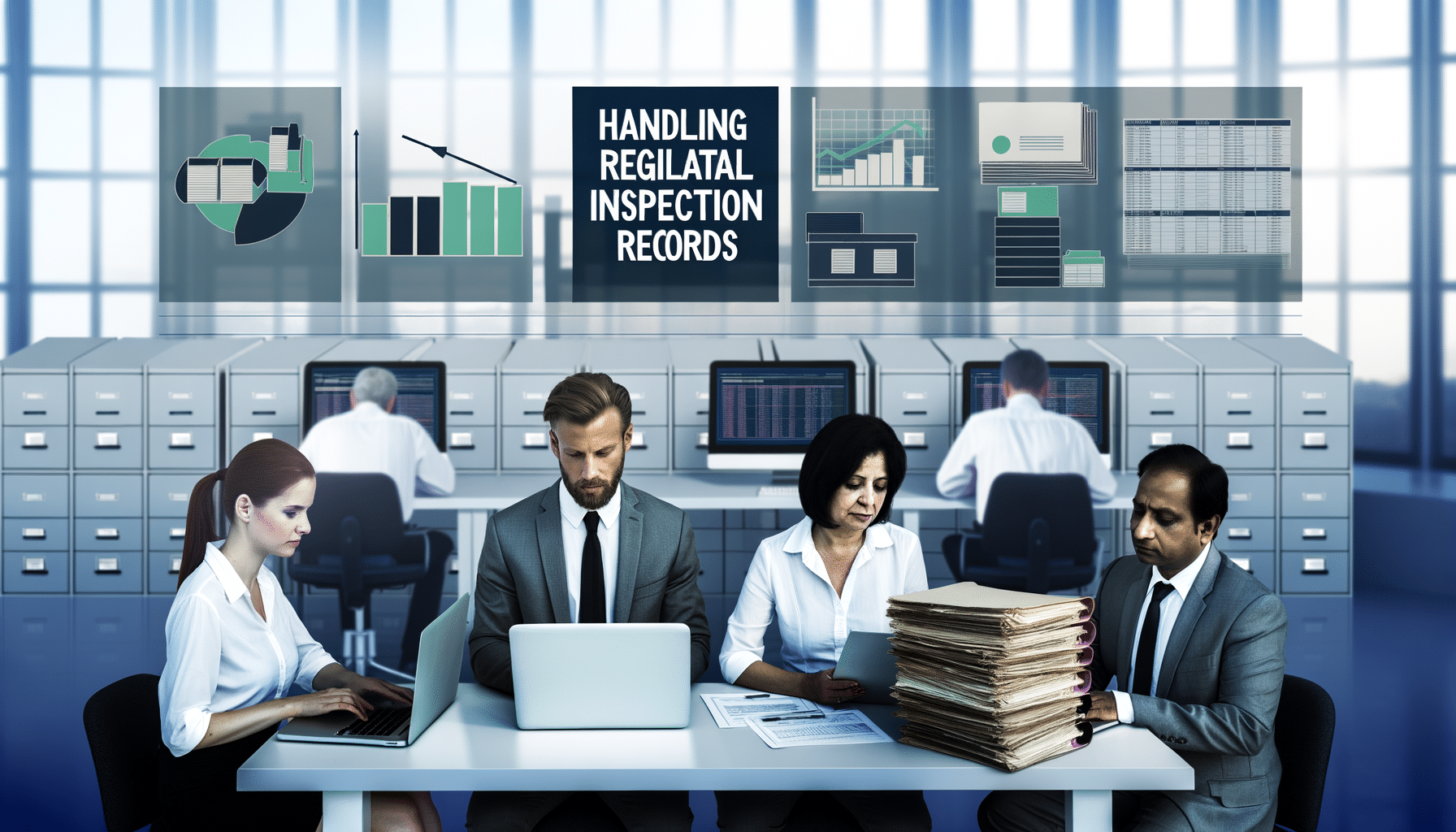- Blockchain Compliance
- November 26, 2022
Predicting Compliance Risks with AI-Enabled Monitoring

In today’s fast-paced business environment, staying compliant with a web of regulations is not only a necessity but an overwhelming challenge. Whether it’s GDPR, HIPAA, or SOX, the repercussions of non-compliance can be dire, from financial penalties to irreversible reputation damage. The stakes are high, and traditional methods fall short of the adaptability required in this continuously evolving landscape. This is where AI steps in, offering powerful solutions for predicting compliance risks before they become significant issues.
Understanding the Significance of AI in Compliance Monitoring
As a founder deeply ingrained in emerging technologies, I’ve always been fascinated by the transformative power of AI. When configured adeptly, AI stands as a colossal asset for compliance monitoring. But you might ask, how can AI actually foresee compliance risks? The answer lies in its ability to analyse colossal volumes of data at unprecedented speeds, detecting patterns and anomalies that a human might easily overlook.
AI doesn’t just streamline existing processes; it reinvents them. Predictive analytics, powered by AI, is now capable of reviewing your records, spotting trends, and flagging potential compliance breaches before they occur. Imagine having a proactive watchdog that not only alerts you to possible risks but provides actionable insights to mitigate them. That’s the true game-changer.
AI-Driven Features Revolutionizing Compliance
1. Automated Risk Assessment
Manual risk assessment can be laborious and error-prone. AI, however, offers a more refined approach. With automated algorithms, AI can categorize and assess risk factors in real-time. Whether it’s scanning financial records for irregularities or ensuring data governance protocols are followed, AI capabilities bring efficiency and accuracy that human teams would struggle to match.
2. Real-Time Monitoring
The key to a robust compliance framework lies in being vigilant. AI equips businesses with real-time monitoring, integrating seamlessly with existing IT systems to deliver continuous oversight. This ensures that potential compliance issues are flagged instantly, reducing the time taken to implement corrective measures. Not only do businesses minimize risk exposure, but they also ease the strain on compliance officers who would otherwise need to manually sift through heaps of data.
3. Predictive Analytics
If you’ve worked in risk management, you’re aware of the advantages predictive analytics can offer. However, integrating AI with predictive analytics elevates it to a new horizon. By mining historical data and current trends, AI models can identify not only existing risks but also anticipate future compliance challenges. It’s like having a crystal ball for your organization’s risk landscape.
Lessons Learned From Implementing AI in Compliance
When I ventured into developing RecordsKeeper.AI, the objective was clear: make compliance more intelligent and less cumbersome. The insights we’ve gained throughout this journey have highlighted some valuable lessons:
- Data quality is paramount: AI systems are only as good as the data they process. Ensuring your data is accurate and up-to-date is essential for AI tools to deliver precise predictions.
- Educate and integrate: Teams need to understand AI’s capabilities to maximize its benefits fully. Engaging in interactive training and promoting a culture of AI adoption can ease transitions.
- Collaborate with stakeholders: Compliance isn’t an isolated department. By integrating insights from various divisions—IT, legal, finance—you create a more holistic approach to compliance risk management.
Why You Should Embrace AI for Compliance
Investing time and resources into AI for compliance monitoring can feel like a daunting task, but the long-term benefits far outweigh the initial setup efforts. Embracing AI systems can turn compliance from a mere checkbox activity into a strategic advantage. By leveraging AI’s predictive capabilities, businesses not only stay ahead of potential risks but also unlock opportunities for innovation and efficiency while ensuring regulatory adherence.
Whether you’re a compliance officer or someone overseeing legal frameworks within your organization, considering AI solutions like RecordsKeeper.AI might very well redefine how you perceive compliance functions. Redefining these processes can be a catalyst for change, driving your organization towards a future-proof compliance model.
In conclusion, while the business landscape continues to evolve, one aspect remains constant: the necessity for robust compliance frameworks. As AI advances, so does its role in helping businesses navigate this complex environment. Embrace this technological shift and fortify your compliance strategy. Start your journey towards smarter compliance management today.
If you’d like more insights into AI in compliance management, or have any questions about integrating AI tools into your existing framework, feel free to reach out or follow my journey here at RecordsKeeper.AI.
Toshendra Sharma is the visionary founder and CEO of RecordsKeeper.AI, spearheading the fusion of AI and blockchain to redefine enterprise record management. With a groundbreaking approach to solving complex business challenges, Toshendra combines deep expertise in blockchain and artificial intelligence with an acute understanding of enterprise compliance and security needs.
Related Posts


Handling Regulatory Inspection Records
Managing documentation for regulatory compliance.
- January 3, 2025
Archives
- January 2025
- December 2024
- November 2024
- October 2024
- September 2024
- August 2024
- July 2024
- June 2024
- May 2024
- April 2024
- March 2024
- February 2024
- January 2024
- December 2023
- November 2023
- October 2023
- September 2023
- August 2023
- July 2023
- June 2023
- May 2023
- April 2023
- March 2023
- February 2023
- January 2023
- December 2022
- November 2022
- October 2022
- September 2022
Want to get more content like this?
Signup to directly get this type of content to your inbox!!
Latest Post
Document Control for Equipment Maintenance
- January 20, 2025
Managing Records for Multiple Clients
- January 19, 2025
Handling Conference Documentation
- January 18, 2025
Setting Up Department Record Reviews
- January 17, 2025





